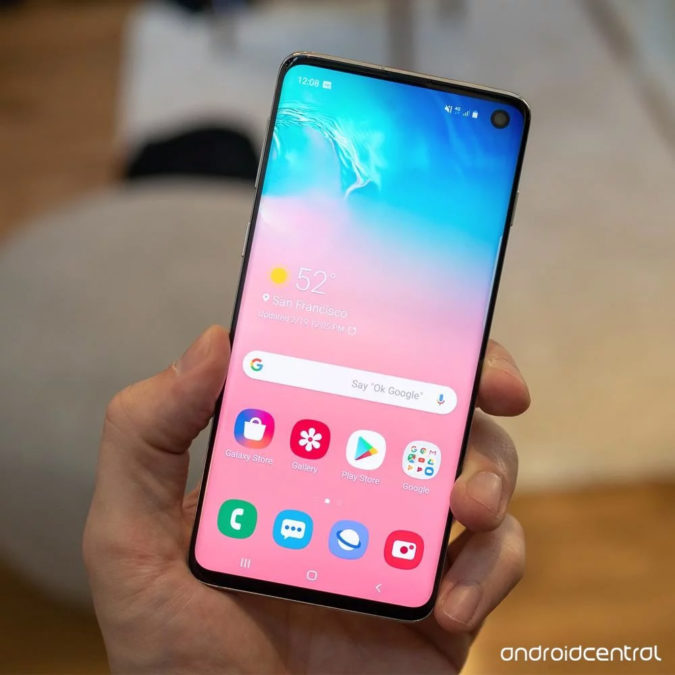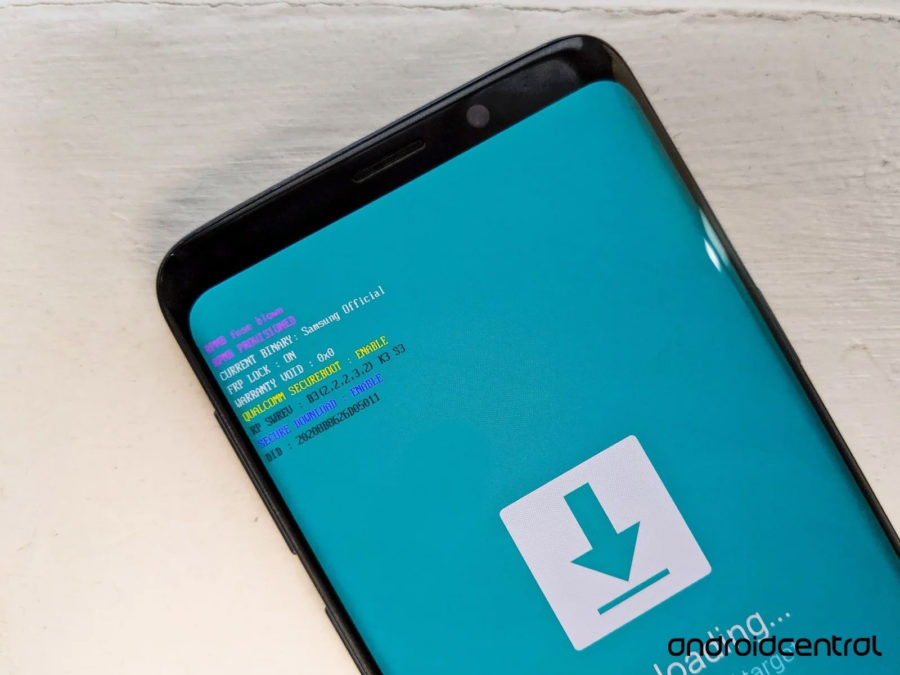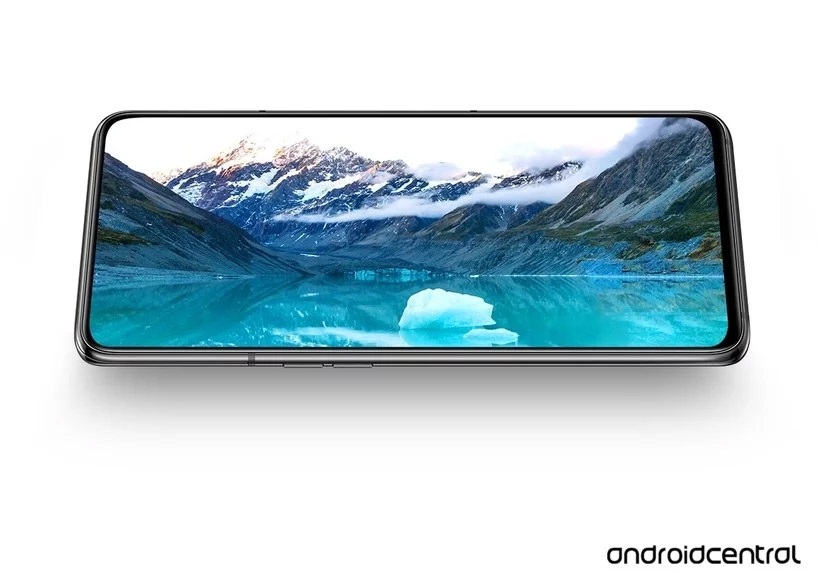Based on materials from androidcentral.com

Bring your own device
A lot of people use their personal phones for work. The policy, dubbed BYOD (Bring Your Own Device), is becoming more popular as phone prices rise and consumer models become more secure. Both Apple and Google have enterprise mobile apps, but perhaps one of the easiest to use for you and any IT professional is Samsung Knox.
If you own a Galaxy device no older than a couple of years, then it probably has Samsung Knox on it. This is not something that requires installation as it is part of the OS Android in the Samsung variant and not a kind of application or support library.
Knox is part Android that can be pre-installed and people who don't need it know how difficult it can be to remove. Knox is also built into the shell Tizen on Samsung wearables. Let's see what Samsung Knox is and what it can do.
What it is?

Samsung Knox is a special layer of security found in top-of-the-line Samsung phones to separate and isolate a user's personal and work data. You can think of this as a way to actually turn one phone into two – this is how you manage the applications and the data that these applications generate, as well as the data that you enter into them yourself.
You move between these two layers by tapping on the Knox icon and after entering the password. The password is unique and different from any passwords you use to unlock the machine, so even if the incredible happens and someone bypasses the lock screen, the data protected by Knox will remain inaccessible. Unless some really complex methods will be applied that are invented by people working to bypass security systems, and then fix vulnerabilities so that these methods no longer work. Like, for example, here.
By default, once you enter the Knox-protected section of your phone, you only have access to a few applications – Camera, Gallery, Mail, My Files, Phone, Contacts, Samsung Browser, Downloads, and S Planner. You can add other apps to the Knox-protected layer and they will be 'copied' to where their data is kept separate from the same app on the 'regular' layer on your phone.
Knox requires two conditions to work. You need the right device – not all Samsung phones (nor watches and tablets) support Knox, here's a list. And you need the right software: you will find Samsung Secure Folder in the Play Store if you are looking for it from a compatible phone, or if you are looking for it from a device that cannot be installed on, you will not see it.
There is a third important component that can be used for corporate purposes. This is Knox Premium or equivalent. This is not something that makes sense to use at home (although if you really want to, you can), and it is an opportunity for the IT department to manage the Knox layer on phones that are part of a group of devices with access to the server. It is essentially a cloud-based solution built to work with Knox and a secure turnkey platform.
Knox is certified for use by the government in Finland, France, Kazakhstan, the Netherlands, Spain, the United Kingdom and the United States. Also in certain configurations, it complies with FIPS_140-2 and ISCCC (Chinese Cybersecurity Standard) standards. This means that organizations such as the US Department of Defense are confident that Knox is safe for their employees (with access to proprietary information). This means it is safe enough for you too.

In Android Oreo Knox was included in Google's business solution Android for Work to provide real-time kernel protection Linux, malware scanning and parts of the procedure trusted download. Samsung uses an electronic fuse eFuse to determine if unofficial software has been downloaded by changing the warranty status check to 0x1 when the attempt was detected. And it doesn't instantly reset the settings to factory defaults.
Should I use it or not?

Using Samsung Knox is by no means necessary, and if you are not the kind of person who constantly delves into the software of your phone, you may not even know that it is there. But if your phone is designed with Knox support, then it's free for you, so why not give it a try.
Most likely, you do not possess classified information and no one is tracking you, trying to steal valuable data. People and organizations that hunt for user data may not perceive you as an immediate target, but if someone gets their hands on your phone, they may try to get everything out of it. Using Knox to protect information that you value is very easy, and it has a very strong reputation.
Plus, Knox is a great way to hide specific files and folders from those who might have access to your phone from time to time – kids, roommates, etc. If you put an application in Knox, its data is only accessible with a password, and you can also use the My Files application to hide a file or folder from unwanted eyes.
For everyday tasks like texting, it hardly makes sense for you to use Samsung Knox. But if any sensitive information comes up – like 'what not to show mom' – Knox can come in handy. You don't have to be in big business to keep your data safe, and Samsung offers a very handy tool for that.
A question to the owners of Samsung devices – do you, dear readers, use Knox? If so, share your scripts, if it is, of course, not classified information ☺
